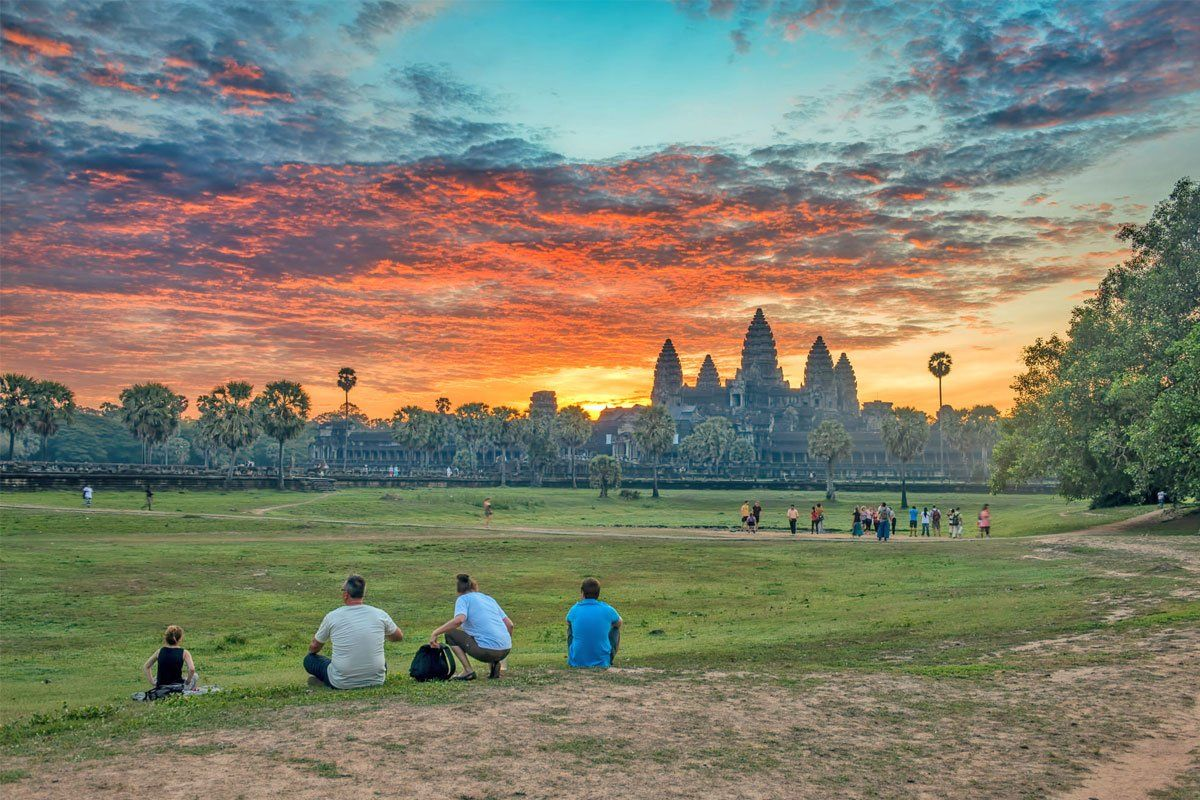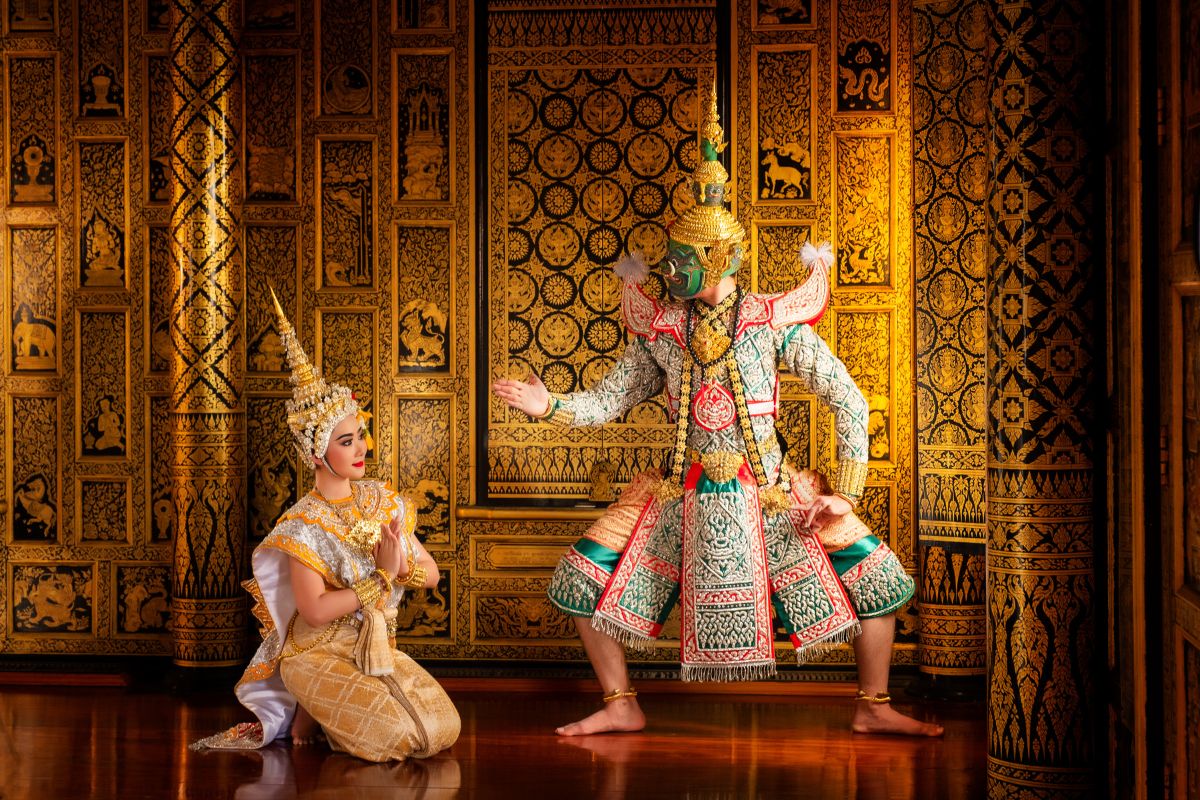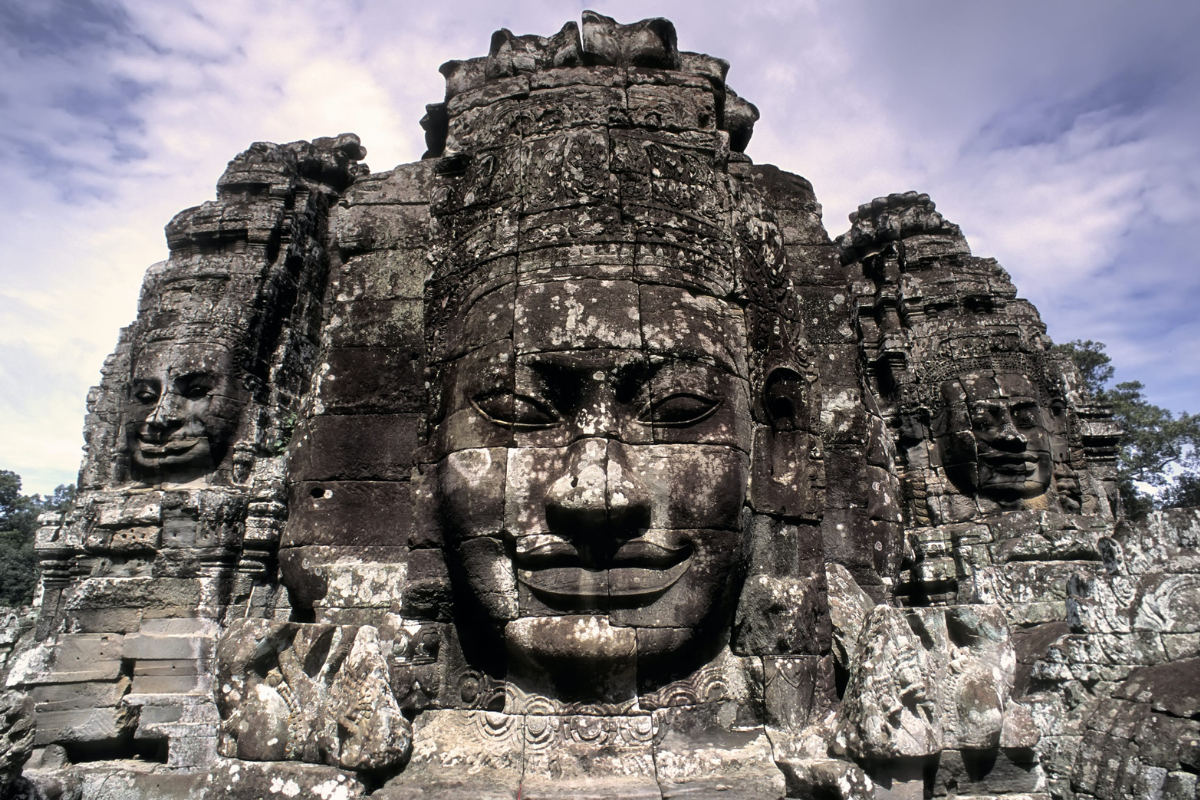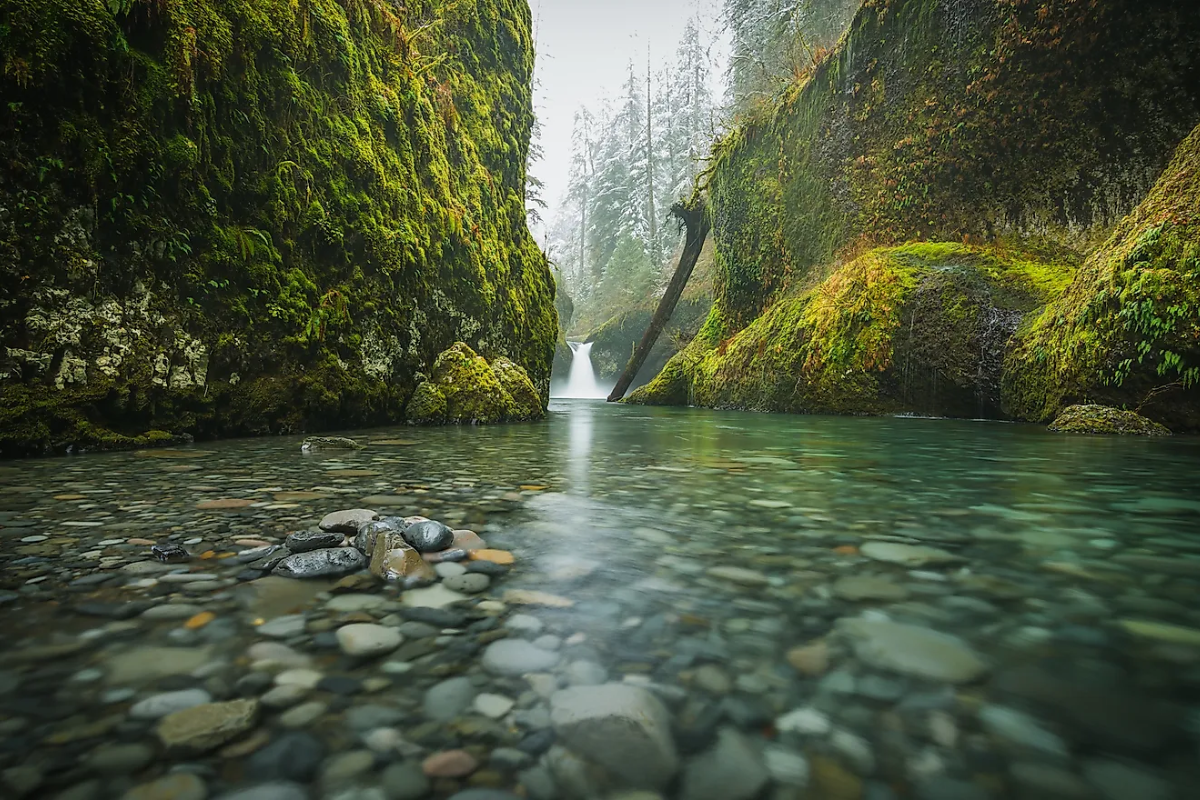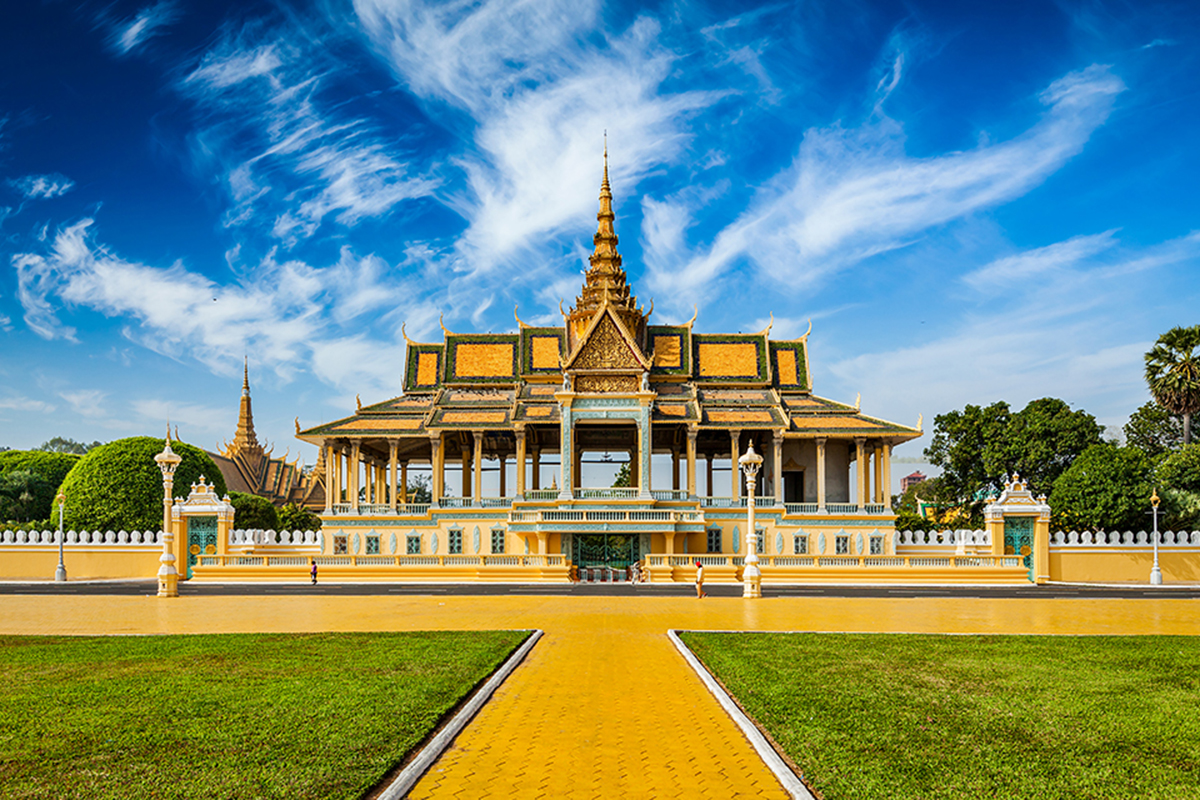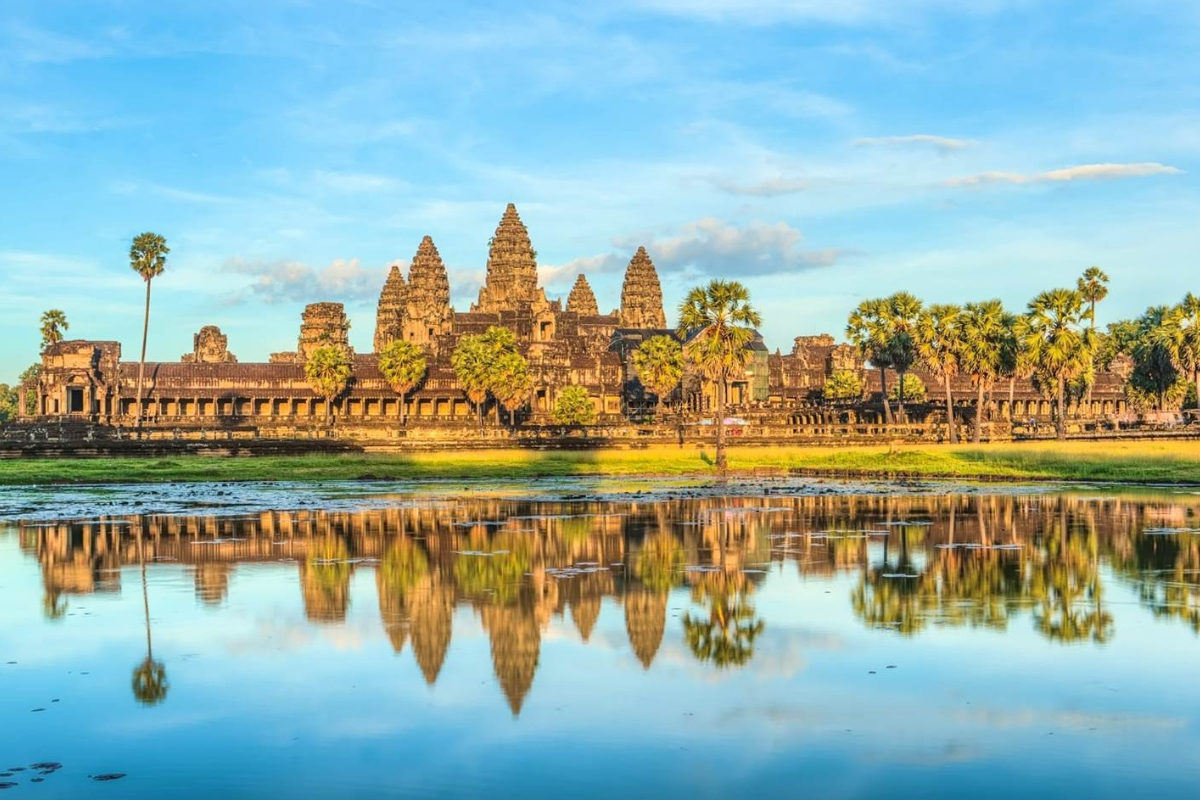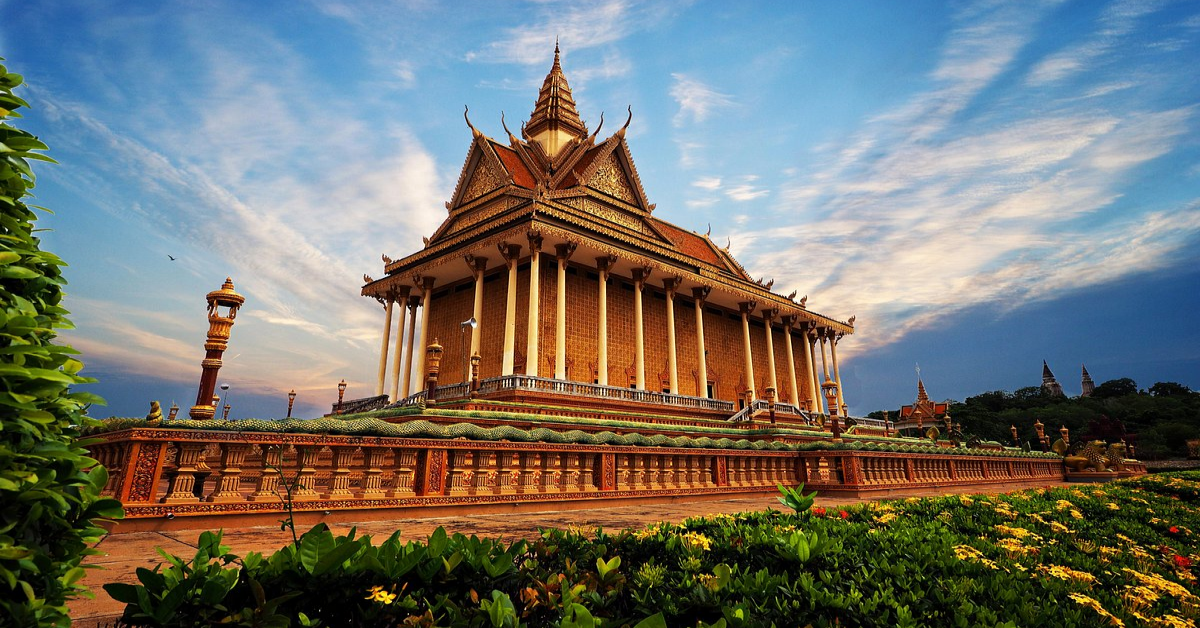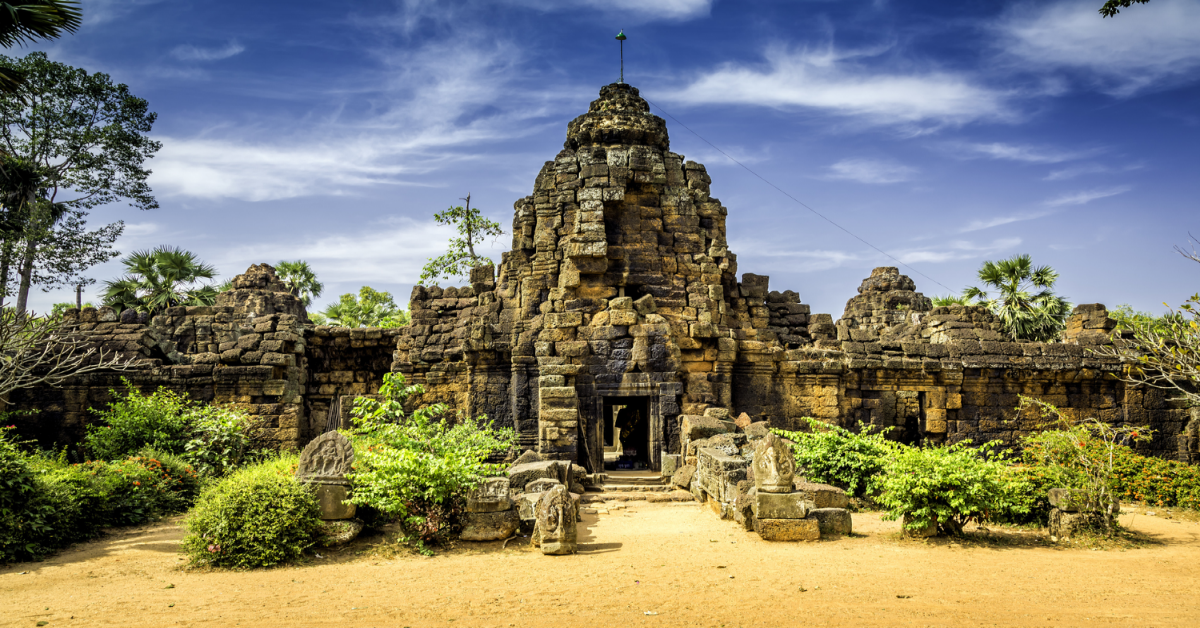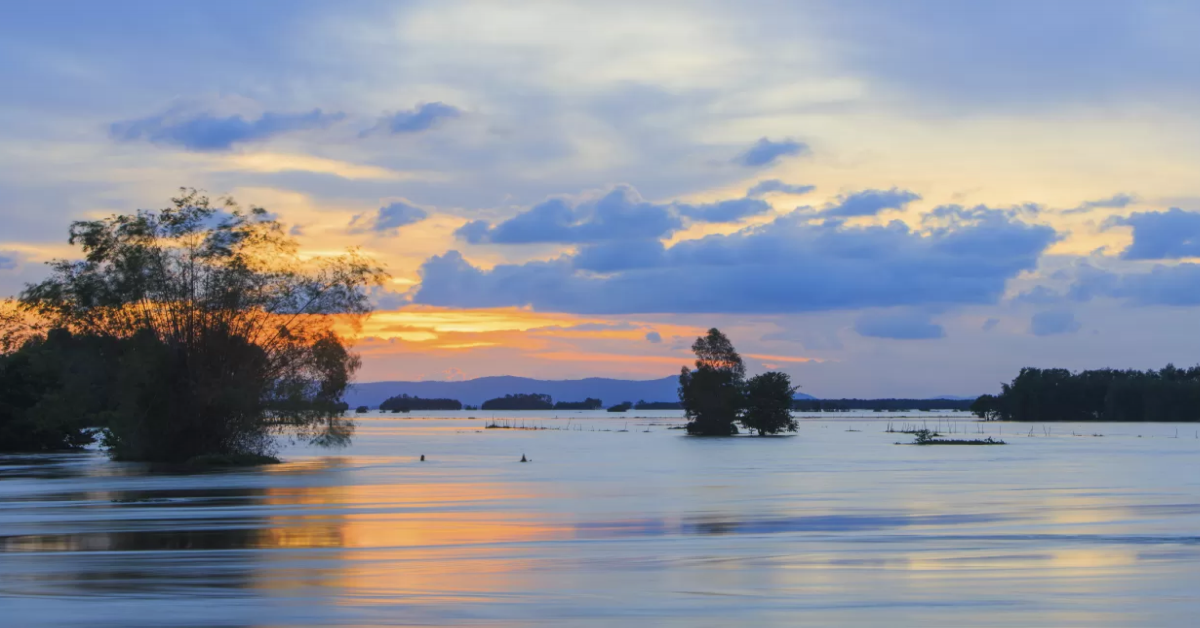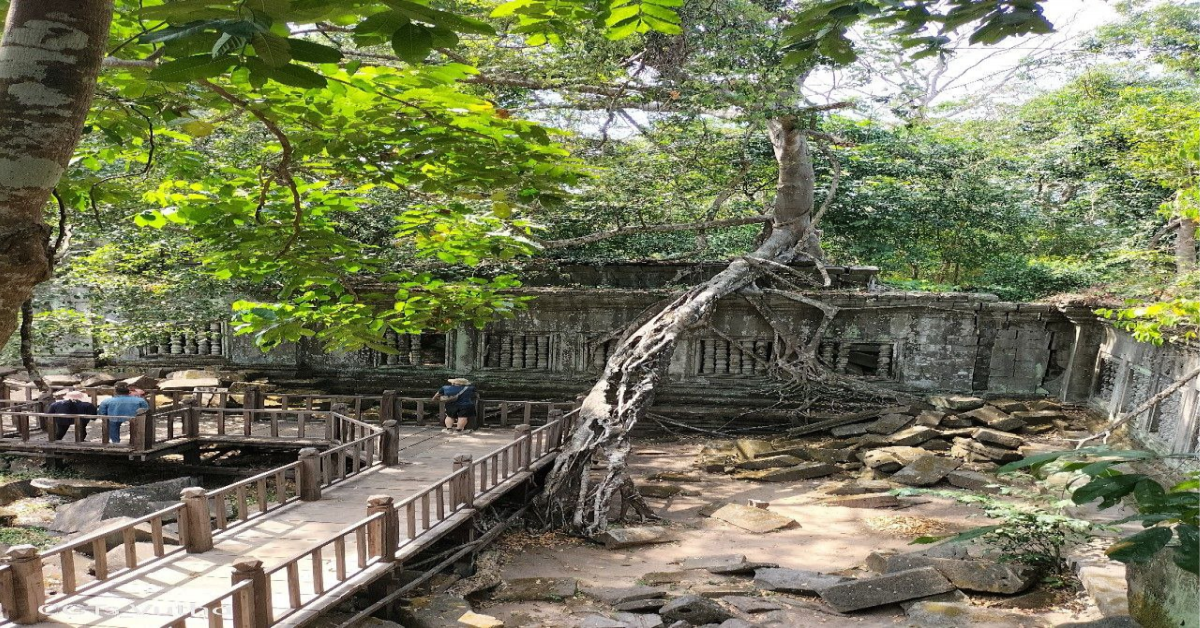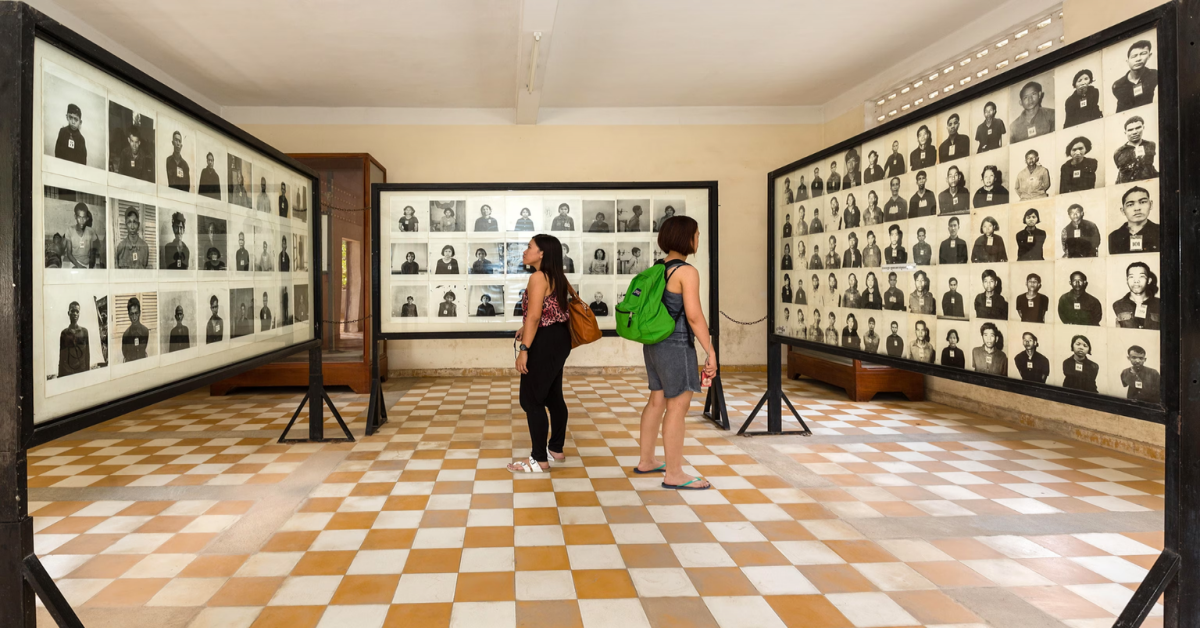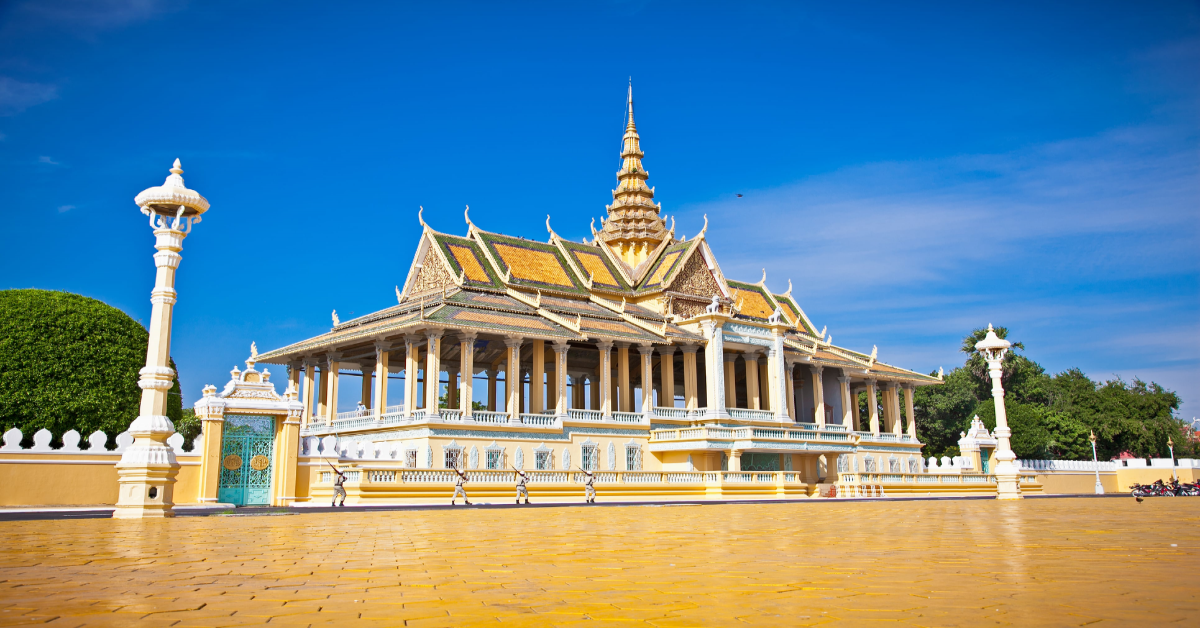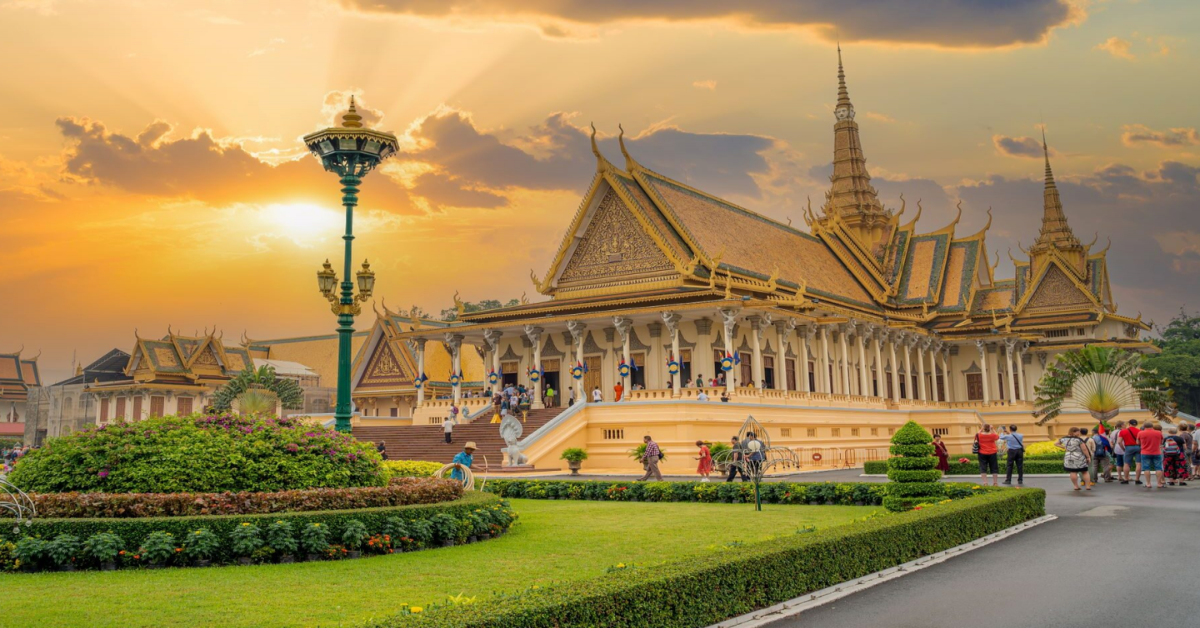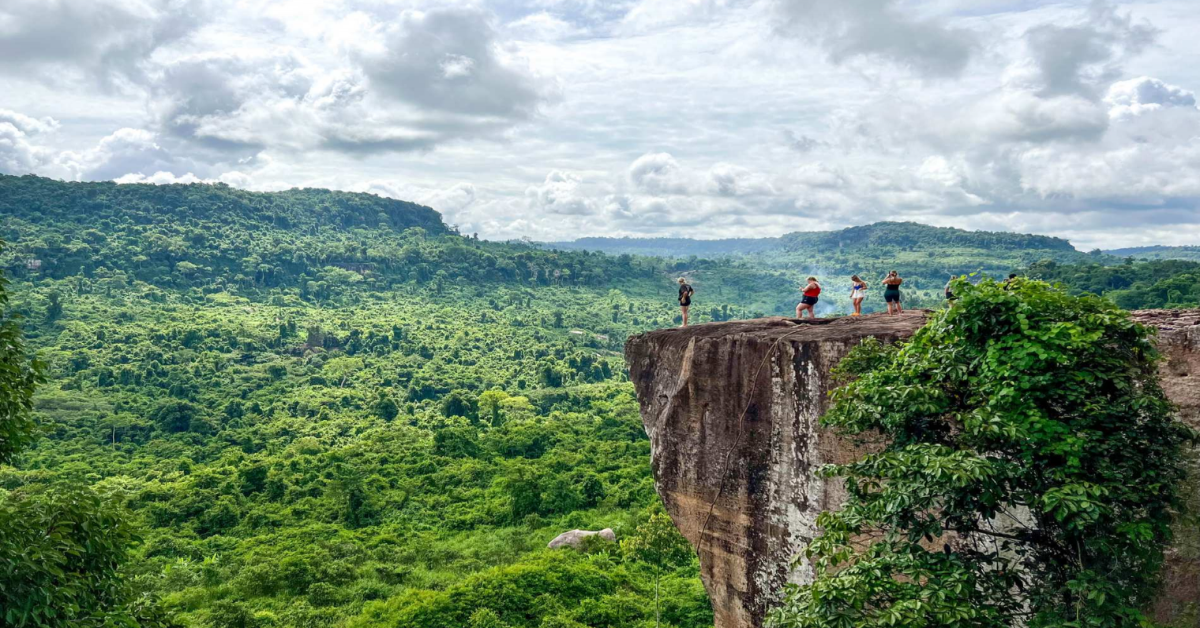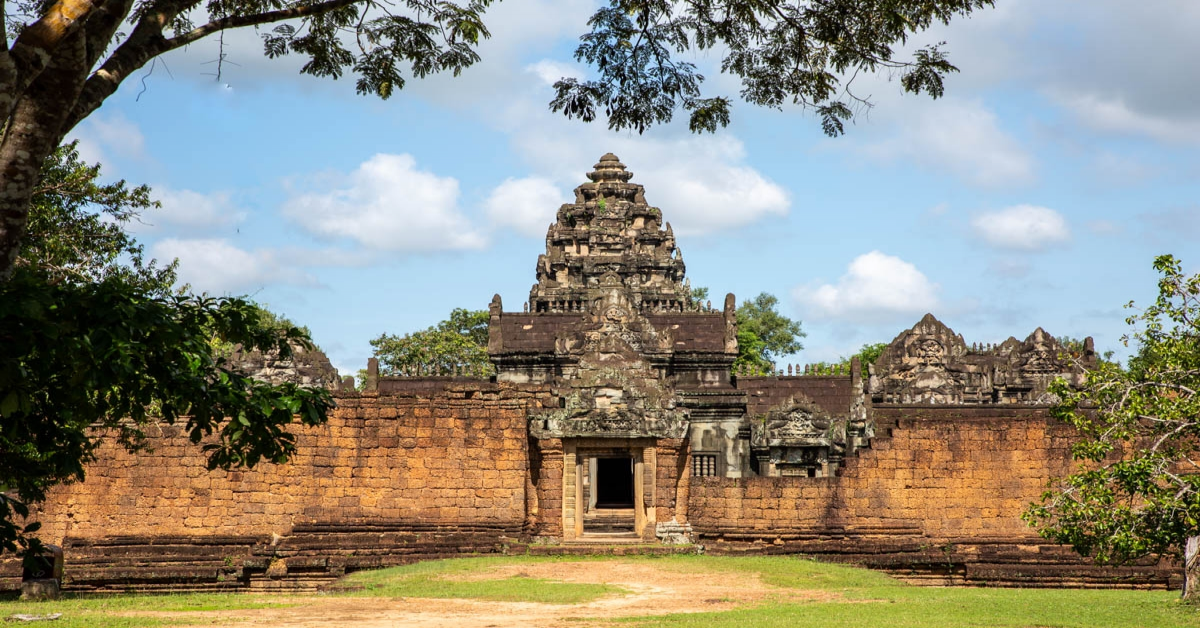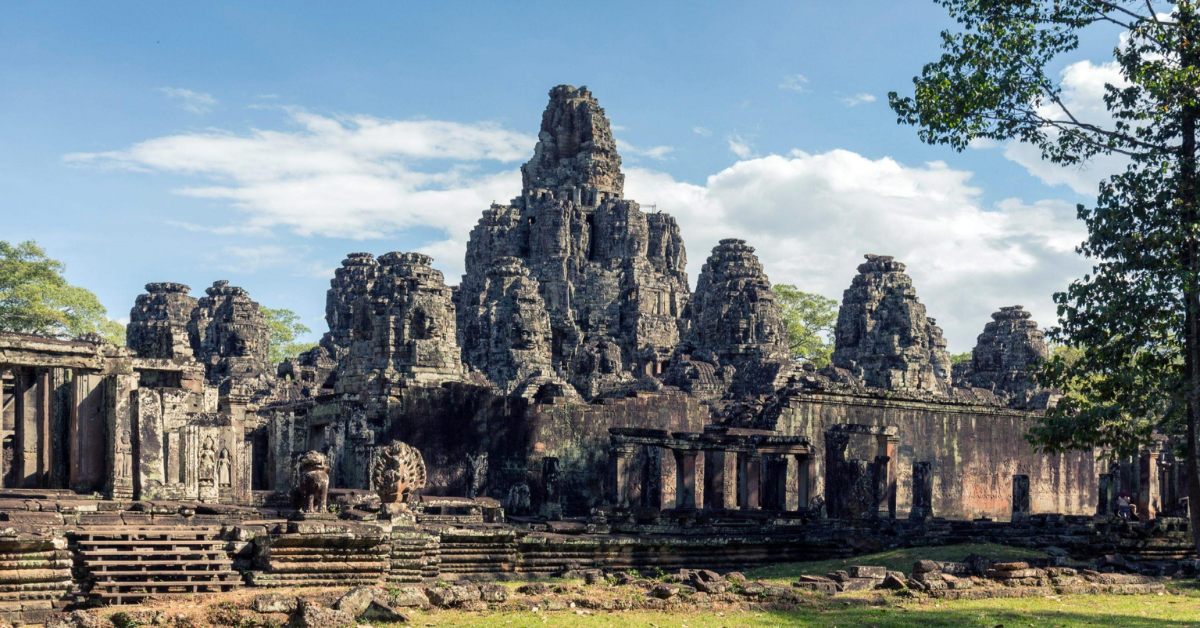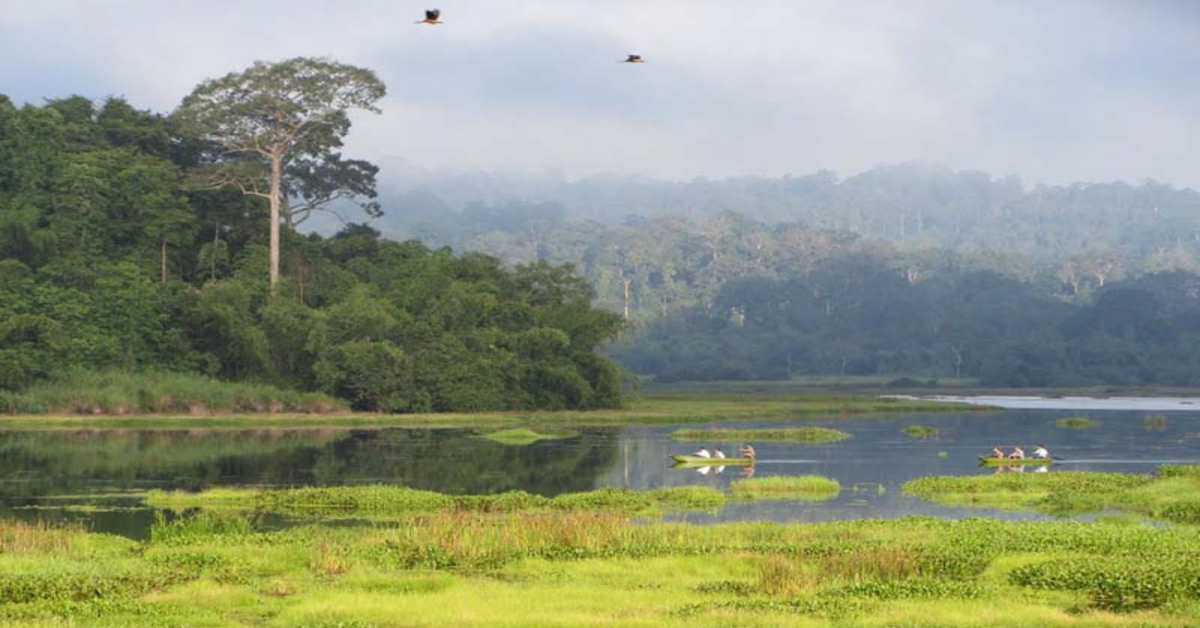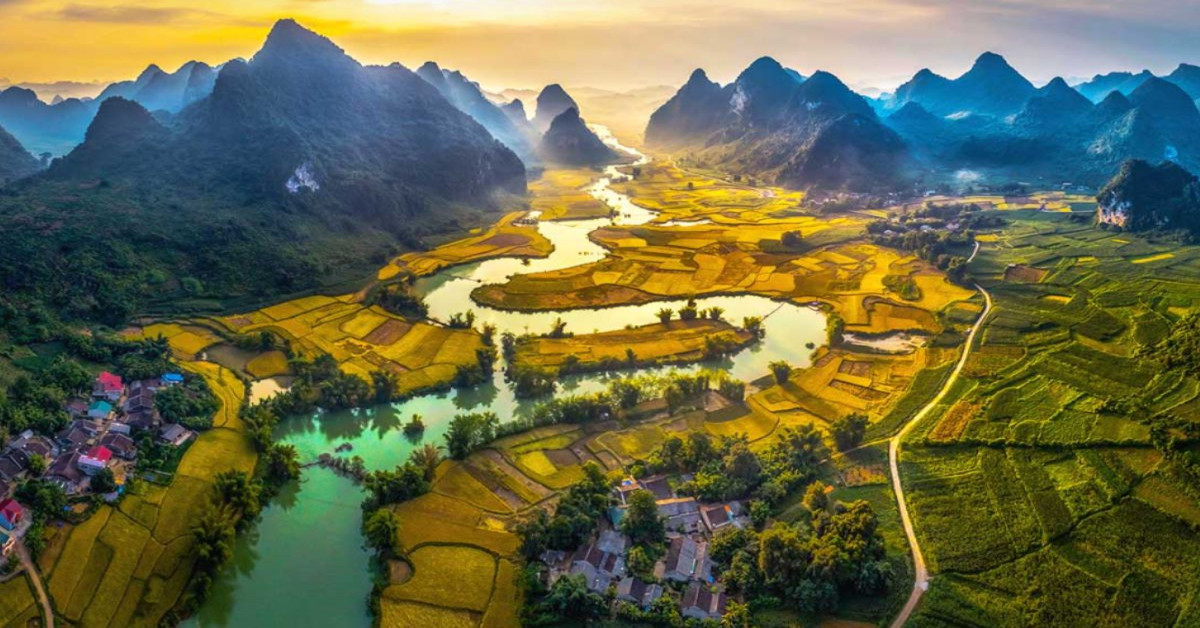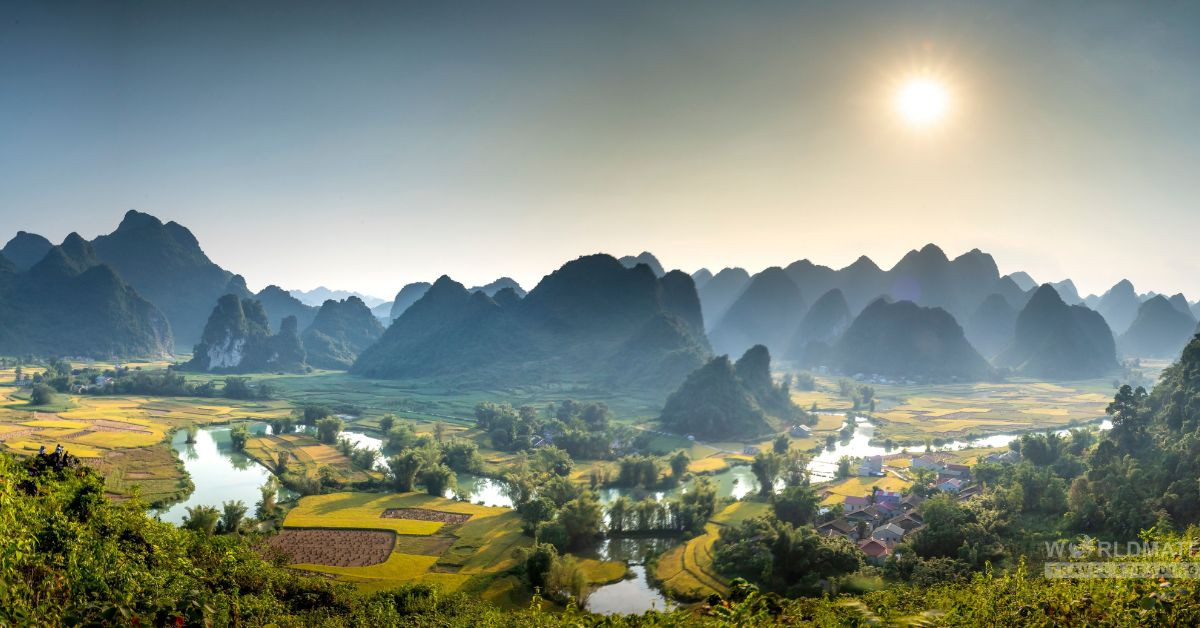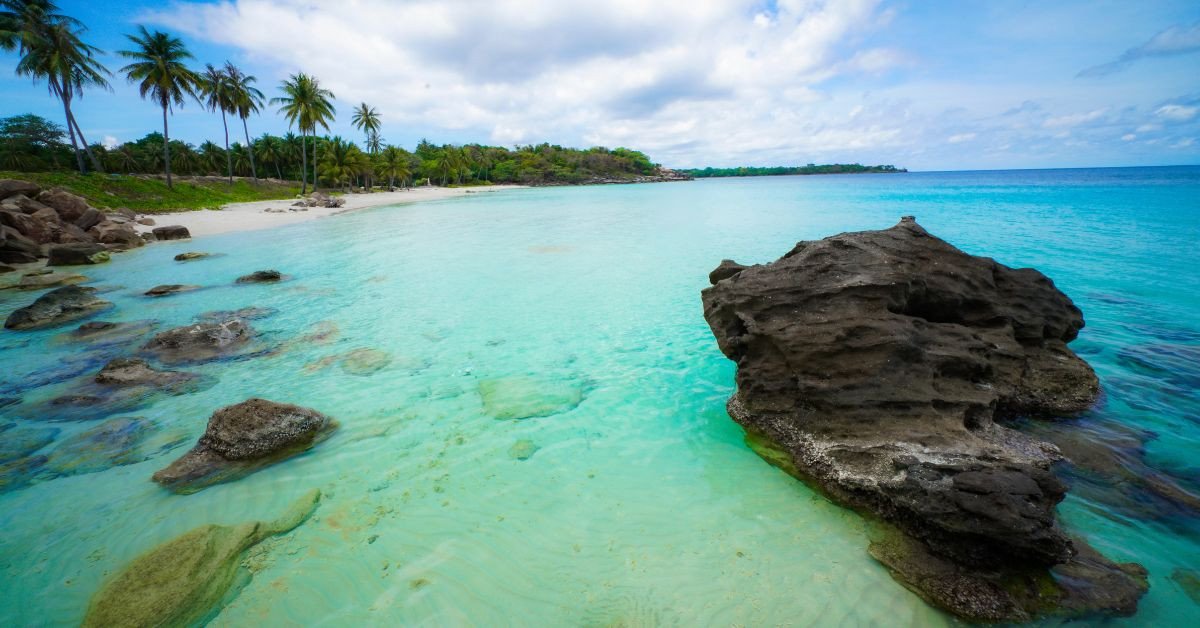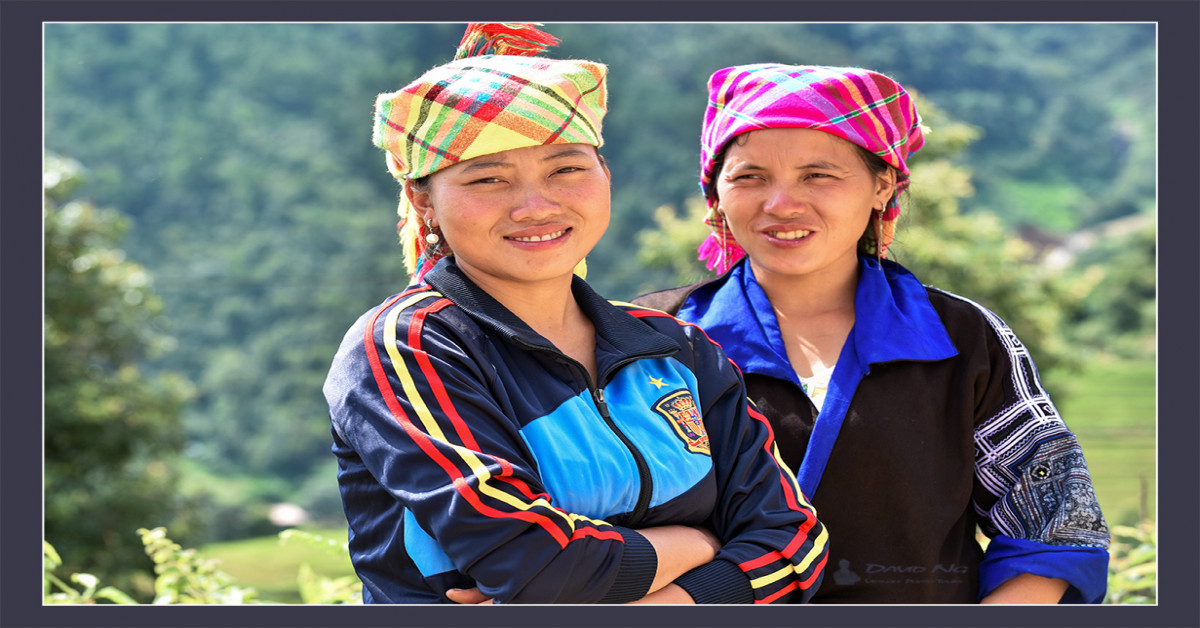All Must-Visit Tourist Attractions in Siem Reap
Siem Reap is a bustling town, renowned as Cambodia’s top destination due to the magnificent Angkorian temples right on its doorstep.
Most visitors come to see Angkor Wat, Cambodia’s premier tourist attraction. However, the town’s growing popularity has led to a variety of other activities and attractions, offering a break from temple-hopping.
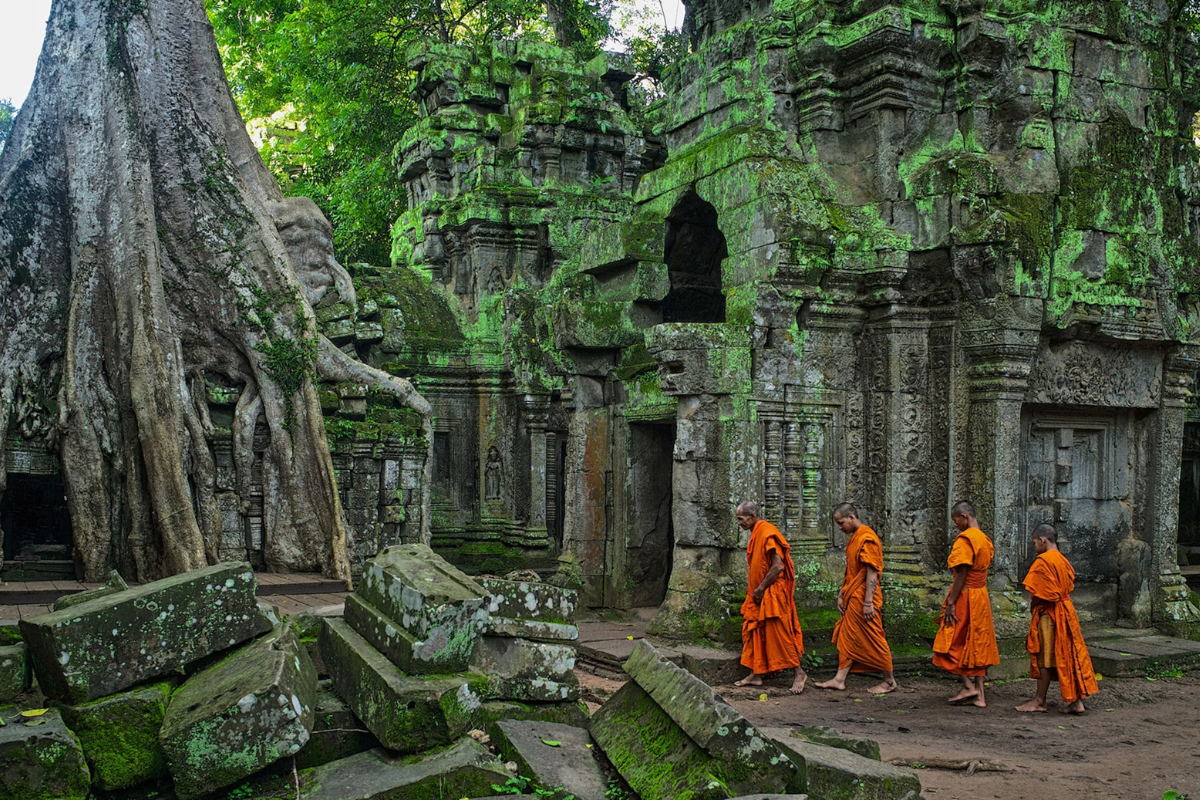
While Siem Reap may not be the most picturesque town, it boasts a vibrant café and restaurant scene that rivals Phnom Penh’s cosmopolitan flair. The central area is also a hotspot for souvenir shopping, featuring both market stalls with great bargains and upscale boutiques for special gifts.
Plan your visit with our list of the best things to do in Siem Reap:
1. Explore Angkor Wat (Angkor Archaeological Park)
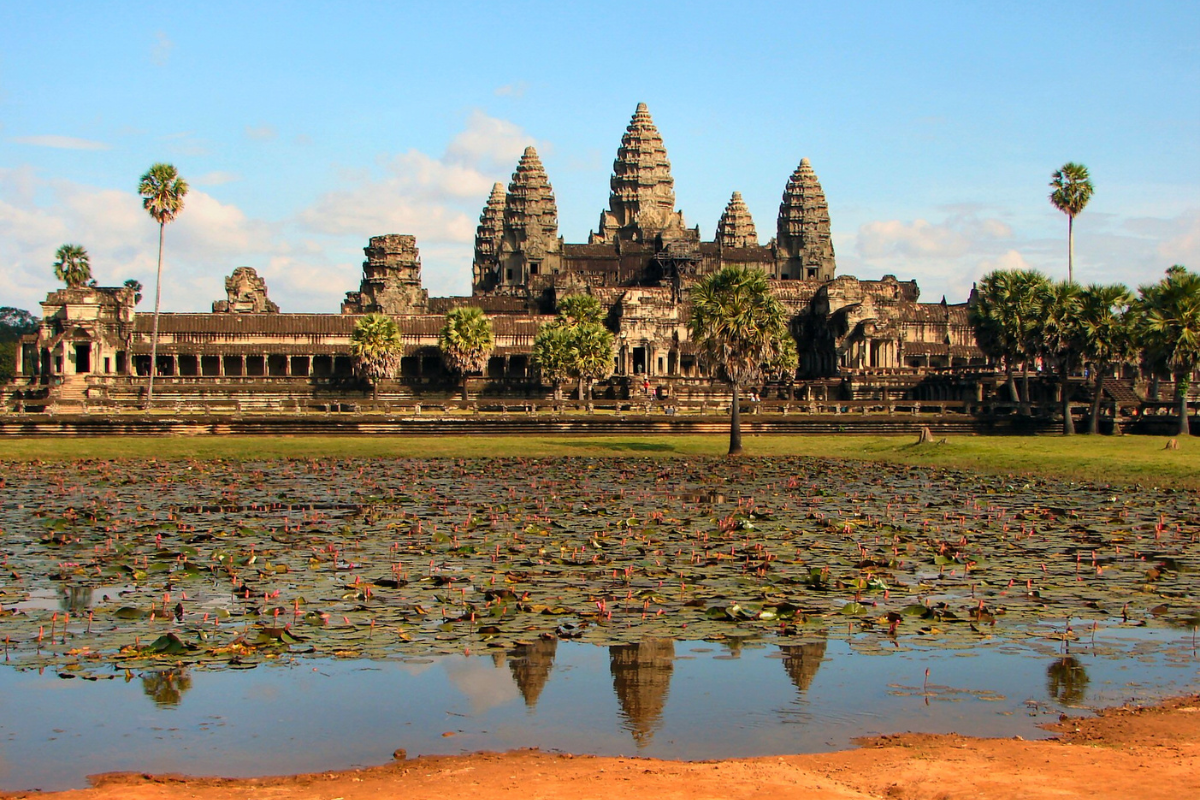
Siem Reap’s thriving tourism industry owes much to the nearby Angkor Archaeological Park, home to one of the world’s most incredible attractions. Built by a succession of kings between the 9th and 15th centuries, this vast ancient city contains hundreds of temples. Even after multiple visits, you’ll feel like you’ve only scratched the surface.
The main temple complex, Angkor Wat, features stunning bas-reliefs depicting scenes from traditional Hindu epics. Don’t miss the Churning of the Ocean Milk bas-relief in the east gallery.
After Angkor Wat, head to the sprawling 10-square-kilometer Angkor Thom complex. Here, you’ll find the Bayon Temple, famous for its 216 stone faces of Avalokiteśvara carved into 54 towers. The intricate bas-reliefs around the temple walls depict life in the city and various battle scenes.
If you have only one day, make sure to visit Ta Prohm, known for its photogenic, tree-entwined ruins.
With more time, explore other temples like Preah Khan, known for its towering columns, and the farther-flung Banteay Srei.
To avoid crowds and see the temples in their best light, consider a Sunrise Small-Group Tour of Angkor Wat. This tour picks you up around 4 am, allowing you to witness the sunrise over the ancient ruins. Your English-speaking guide will also take you to other impressive sites, including the Angkor Thom South Gate and Ta Prohm Temple, famous for its massive tree roots growing out of the walls.
2. Visit Angkor National Museum
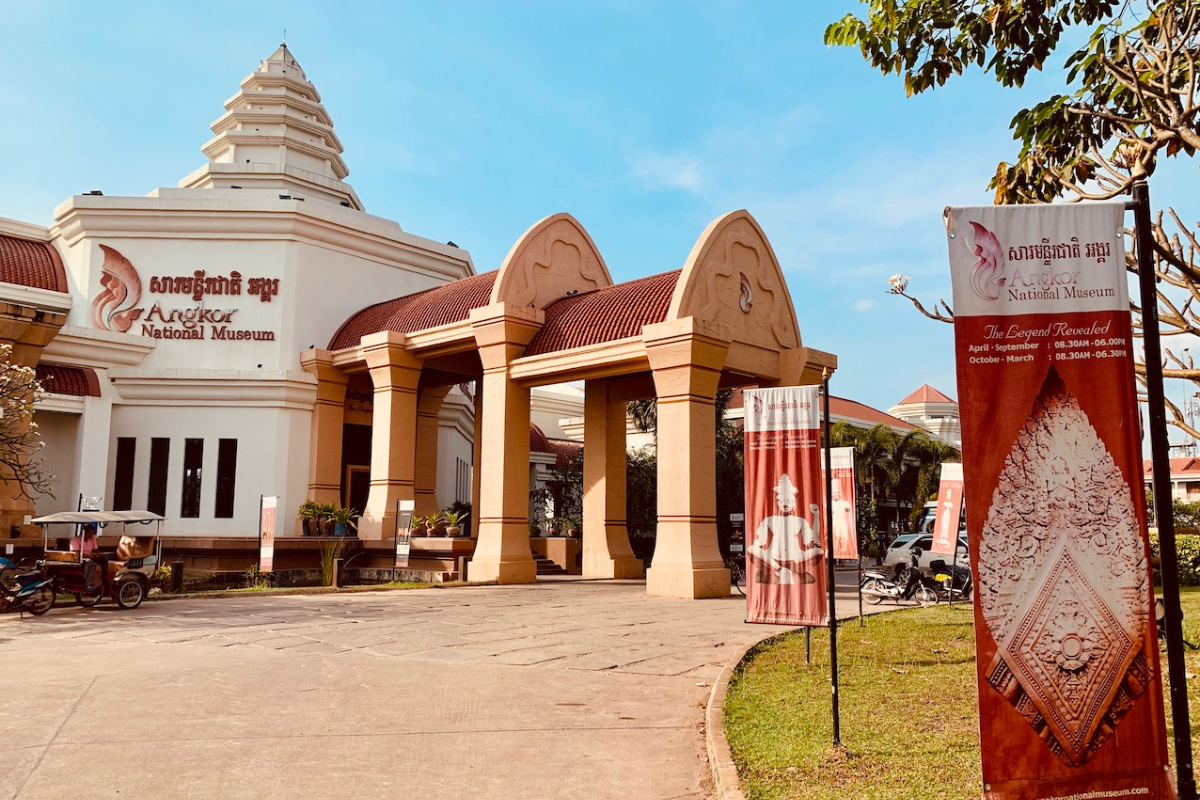
Enhance your visit to Angkor Wat with a trip to this modern museum, which offers a comprehensive look at the history of the Angkorian period. The museum features audio-visual presentations, informative boards, and a well-curated collection of Khmer treasures from the site’s temples and other Cambodian archaeological sites.
This museum is an excellent way to understand the various eras of the Angkorian period and the succession of kings who competed in temple building.
Highlights include the entry gallery with 1,000 images of the Buddha, Gallery A explaining the foundation of the Khmer Empire, and Gallery C dedicated to the four greatest kings of the Angkorian era: Jayavarman II, Yasovarman I, Suryavarman II, and Jayavarman VII.
Address: Charles de Gaulle Boulevard
3. Watch a Performance of Phare: Cambodian Circus Show
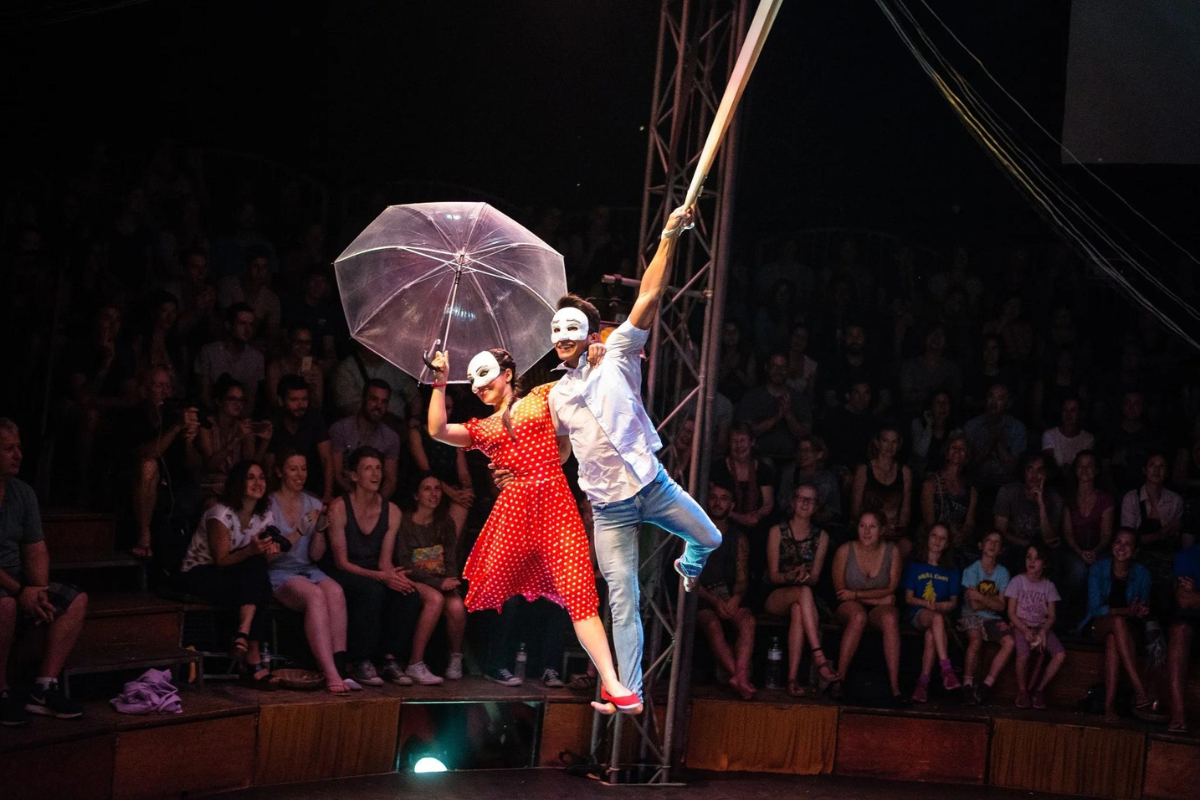
Experience Cambodia’s acclaimed circus, Phare Ponleu Selpak, which combines acrobatics, music, dance, circus slapstick, and other performance arts. This contemporary circus, similar to Cirque du Soleil, weaves drama and comedy into its shows.
Phare is unique because it uses profits from ticket sales to support social and professional arts training programs. All performers are graduates from the Phare Ponleu Selpak Performing Arts School in Battambang, which trains disadvantaged youth in various arts.
This vibrant spectacle blends traditional circus skills with contemporary twists, incorporating elements of traditional Khmer dance and music. It’s a captivating night out for both adults and children, with nightly performances under a big-top.
When you purchase a ticket for Phare: The Cambodian Circus Show in Siem Reap, you can choose preferred seating, which includes a free beverage and a refillable sports water bottle as a gift.
4. Enjoy a Zipline Tour on the Flight of the Gibbon
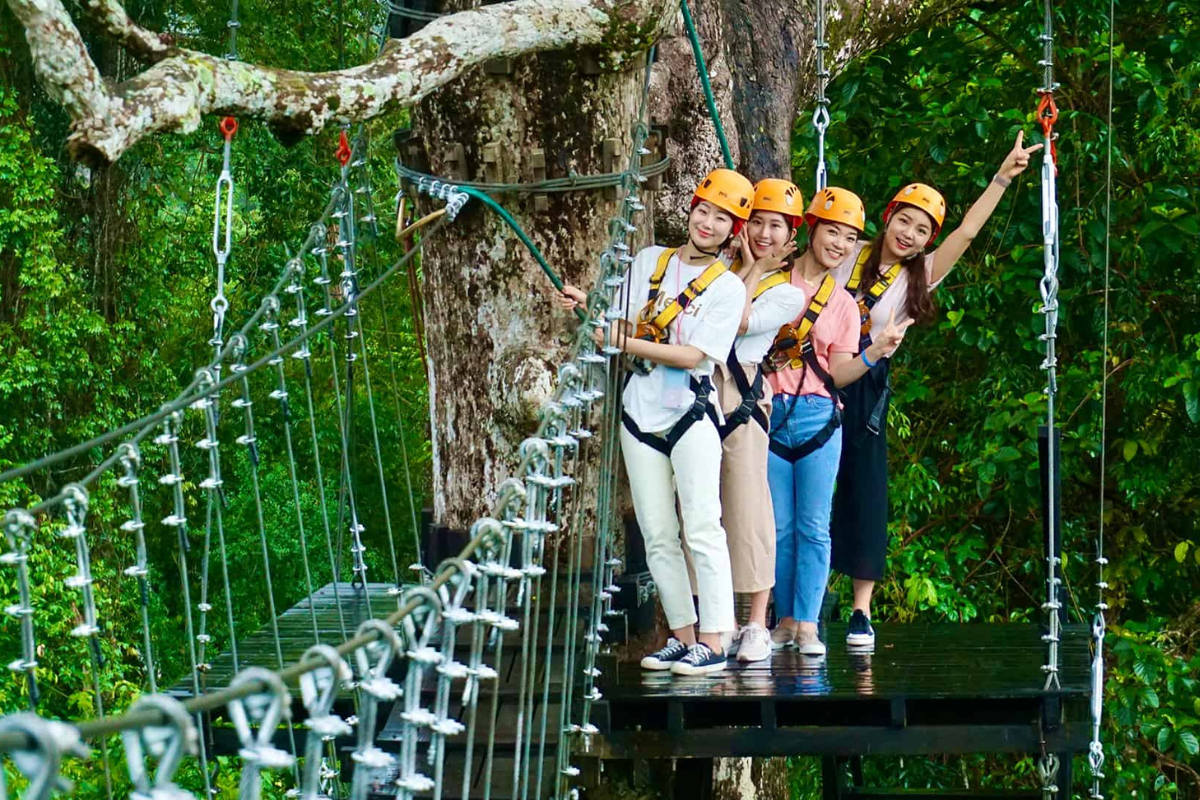
Located within the Angkor Park area, the Flight of the Gibbon zipline tour offers an exhilarating two-hour course with 10 ziplines crossing over the jungle canopy.
The tour includes four hanging sky-bridges, a 50-meter abseil for adrenaline seekers, and 21 platform stations. You’ll also learn about the jungle environment, including edible and medicinal plants, wild orchids, and a tarantula house.
There’s a chance to spot gibbons in the surrounding jungle, as some have been reintroduced to the wild here.
The tour includes hotel pickup from Siem Reap and lunch.
5. Spot Butterflies at Banteay Srey Butterfly Centre
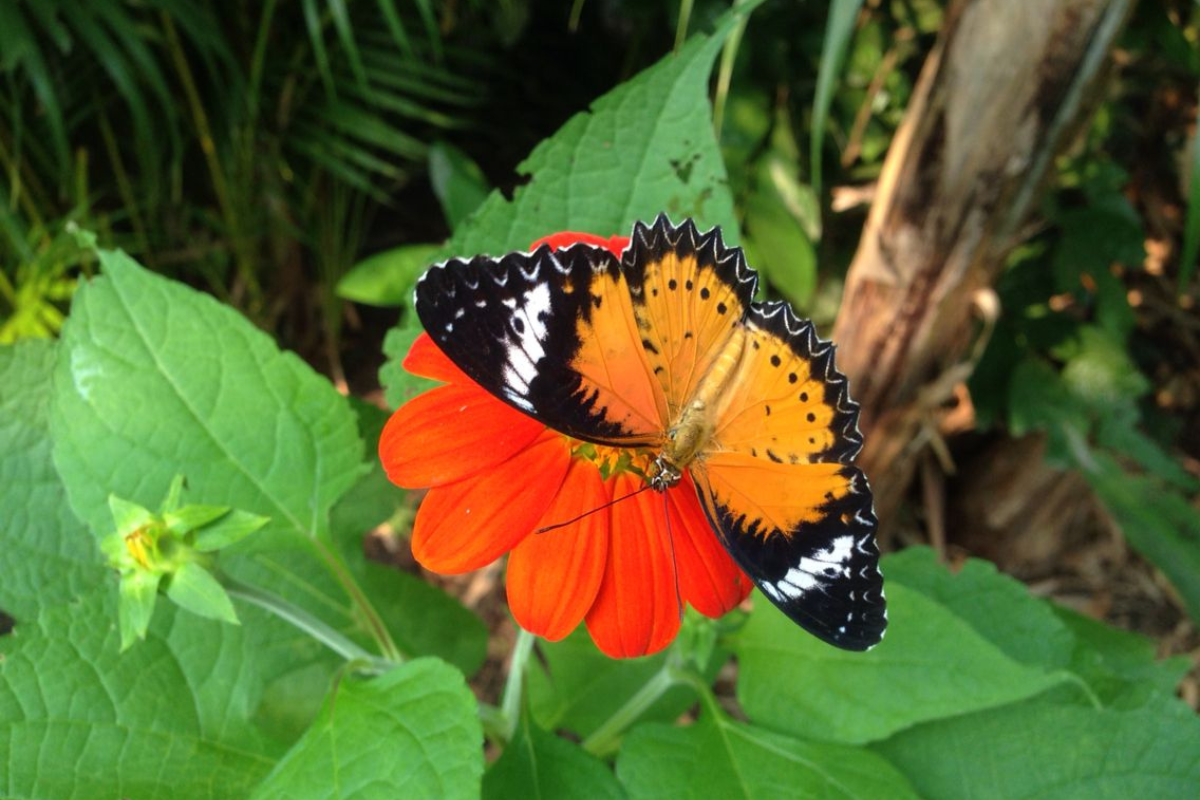
This is Southeast Asia’s largest butterfly enclosure, home to thousands of endemic butterfly species that fly freely around a vast, enclosed tropical garden filled with lush foliage and a variety of tropical flowers.
A visit here offers a delightful natural diversion from temple-hopping, especially for families with young budding botanists.
Besides admiring the spectacular array of butterflies, you can also observe the entire life cycle of a butterfly from the pupae stage.
Located about 25 kilometers north of Siem Reap, the center is close to the Cambodia Landmine Museum, making it convenient to combine both for a morning or afternoon trip if you’re experiencing temple fatigue.
6. Day Trip to Koh Ker
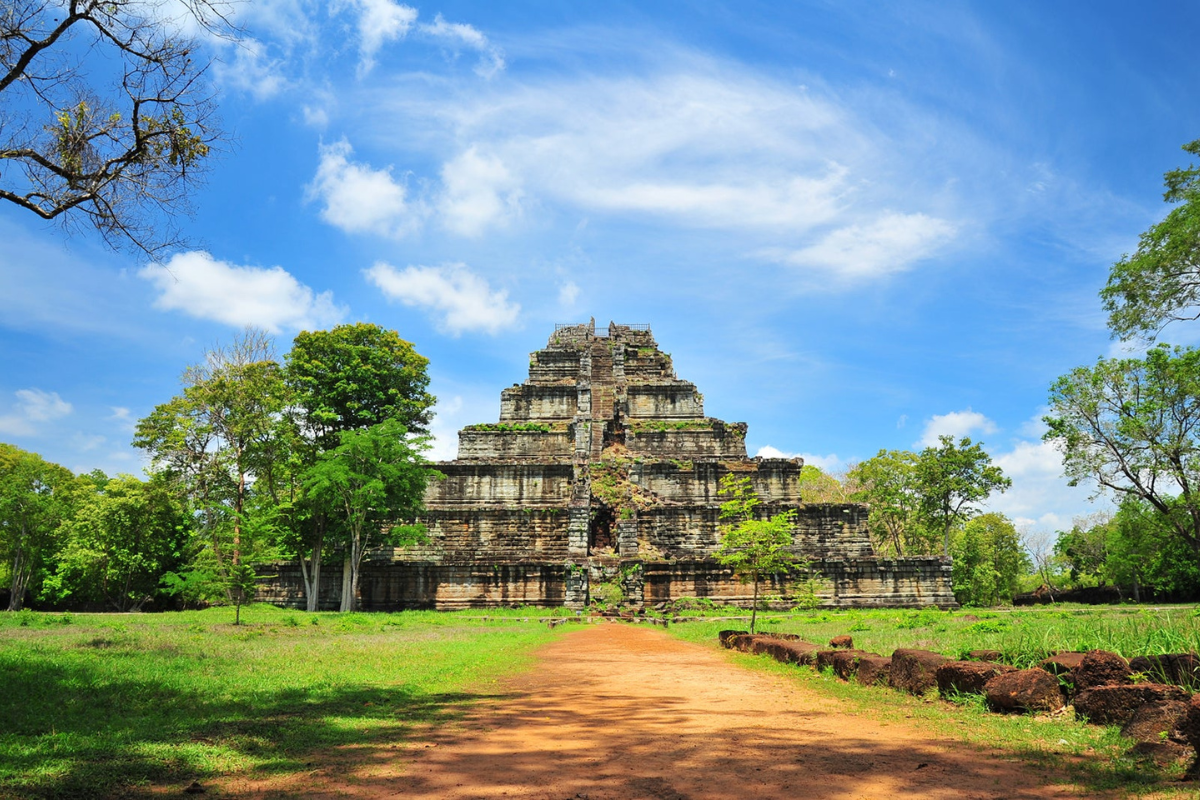
After exploring the vast temple complexes of Angkor Archaeological Site, head 116 kilometers northeast to the remote temples of Koh Ker, surrounded by lush forest.
Built in the 10th century, Koh Ker was briefly the capital of the Angkor Kingdom under Jayavarman IV’s reign. The most spectacular temple here is the 40-meter-high tiered pyramid temple of Prasat Thom, where you can climb the steep staircases for views from the top.
After Prasat Thom, visit the southern end of the site to see the beautiful temple of Prasat Bram, with its towers entwined with tree roots.
7. Take a Boat Tour of the Tonle Sap Villages
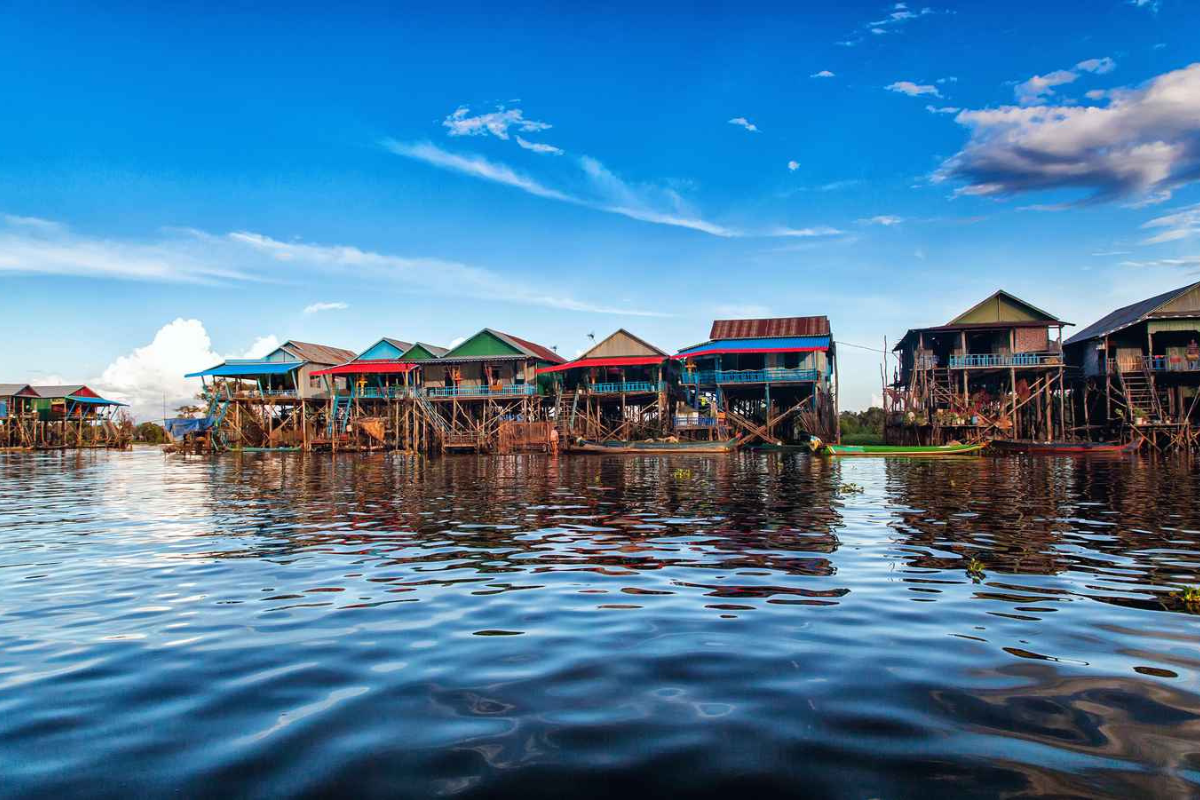
For a glimpse of life on Tonle Sap, Southeast Asia’s largest lake, visit the nearby villages accessible from Siem Reap.
These villages are typically explored by boat, either through a tour organized in Siem Reap or independently with boat operators at the lakefront.
One of the best destinations is Kompong Khleang, 55 kilometers southeast of Siem Reap, which offers community-based boat tours and individual boat operators.
Kompong Khleang features a mix of high stilted houses (to avoid flooding during the wet season) and buoyed platform communities on the lake surface.
Another interesting village is Kompong Phluk, 32 kilometers southeast of Siem Reap, known for its lakefront stilt-house architecture, with some stilts over six meters tall.
8. Cycle around the Countryside
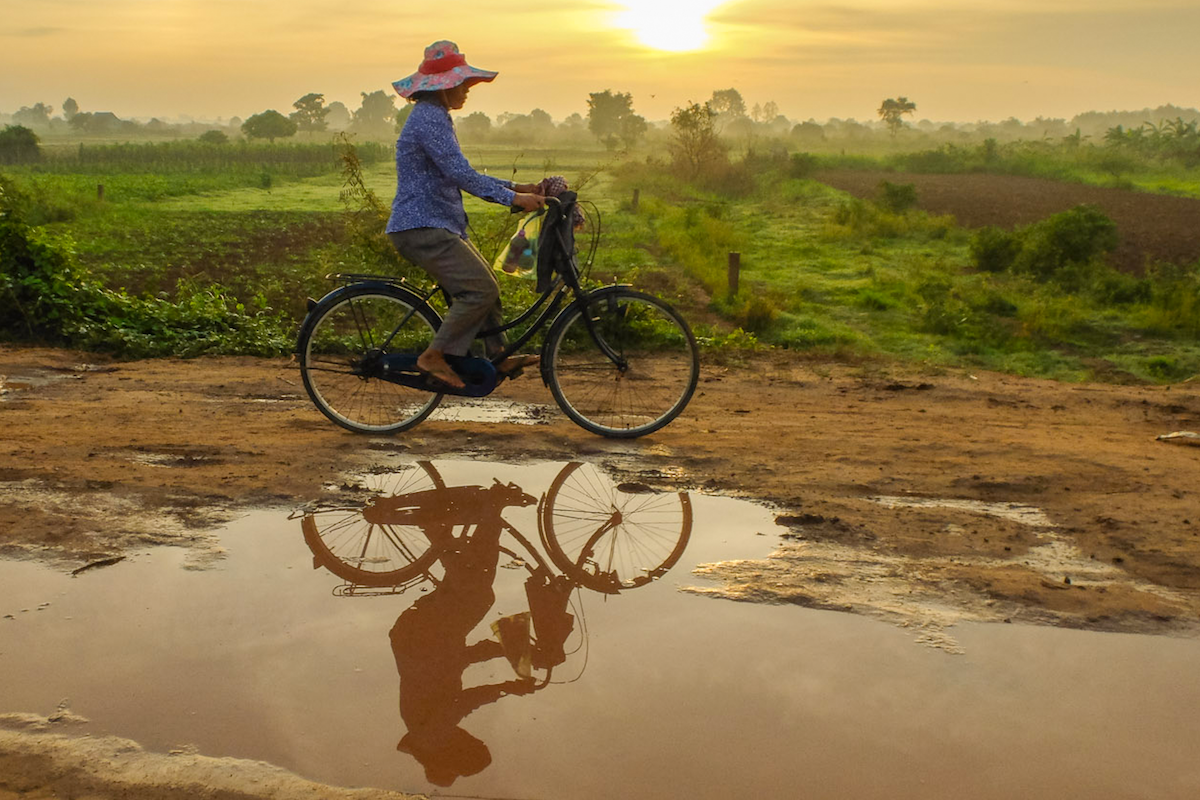
While many visitors focus on the spectacular temples, the countryside around Siem Reap offers much to explore.
Numerous operators offer cycle tours, tuk-tuk tours, quad-bike (ATV) tours, and motorbike tours that venture away from historic attractions to showcase Cambodian rural life and scenery.
Half-day cycle tours provide views of lush, green rice fields, farming plots with swaying palm trees, and stops at small pagodas, villages, local produce markets, and farms.
9. Shop at Siem Reap’s Markets
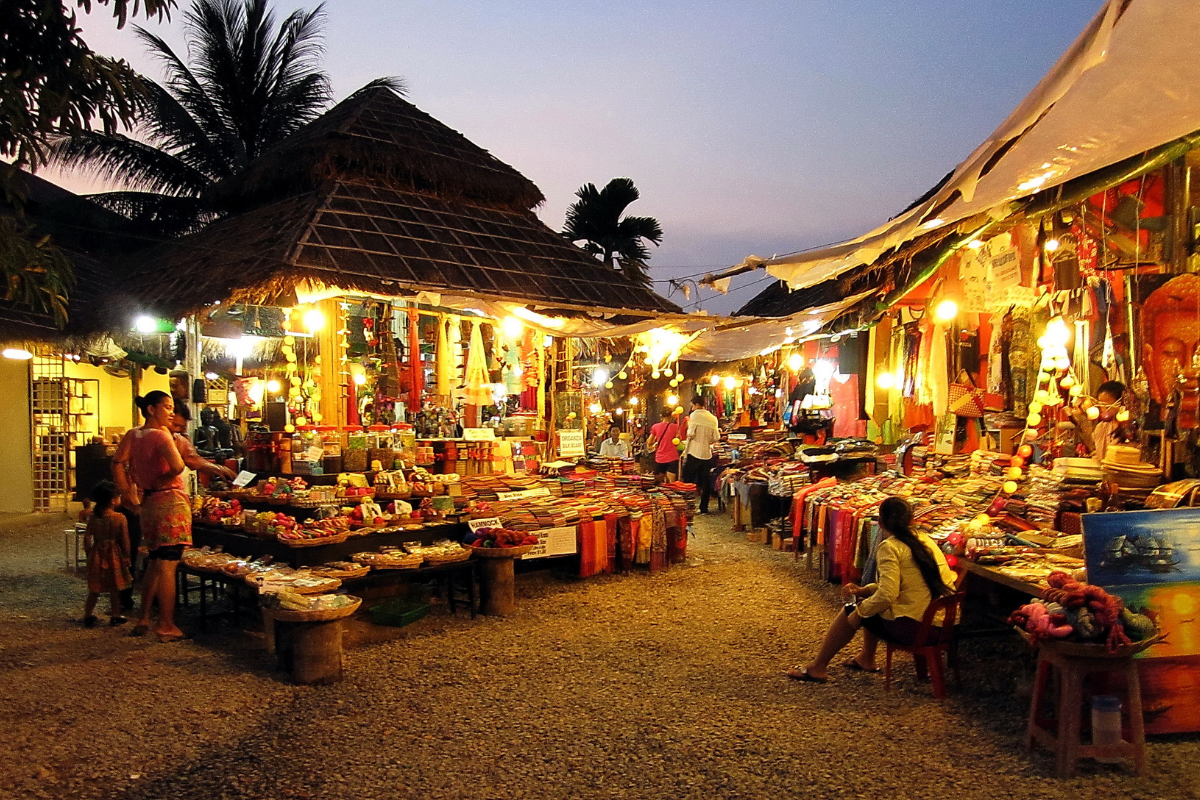
While Siem Reap offers plenty of boutique shopping, don’t miss out on the vibrant markets.
Siem Reap’s Old Market (Psar Chaa) is centrally located and offers everything from fresh produce and cheap clothing to wood and stone carvings. While some craftwork may not be of the highest quality, it’s still fun to browse.
The Angkor Night Market is another must-visit, operating from late afternoon to midnight. You’ll find a wide array of local craftwork, from silk scarves to silver jewelry.
Remember, haggling is the norm in these markets, so be prepared to bargain.
10. Visit the Landmine Museum
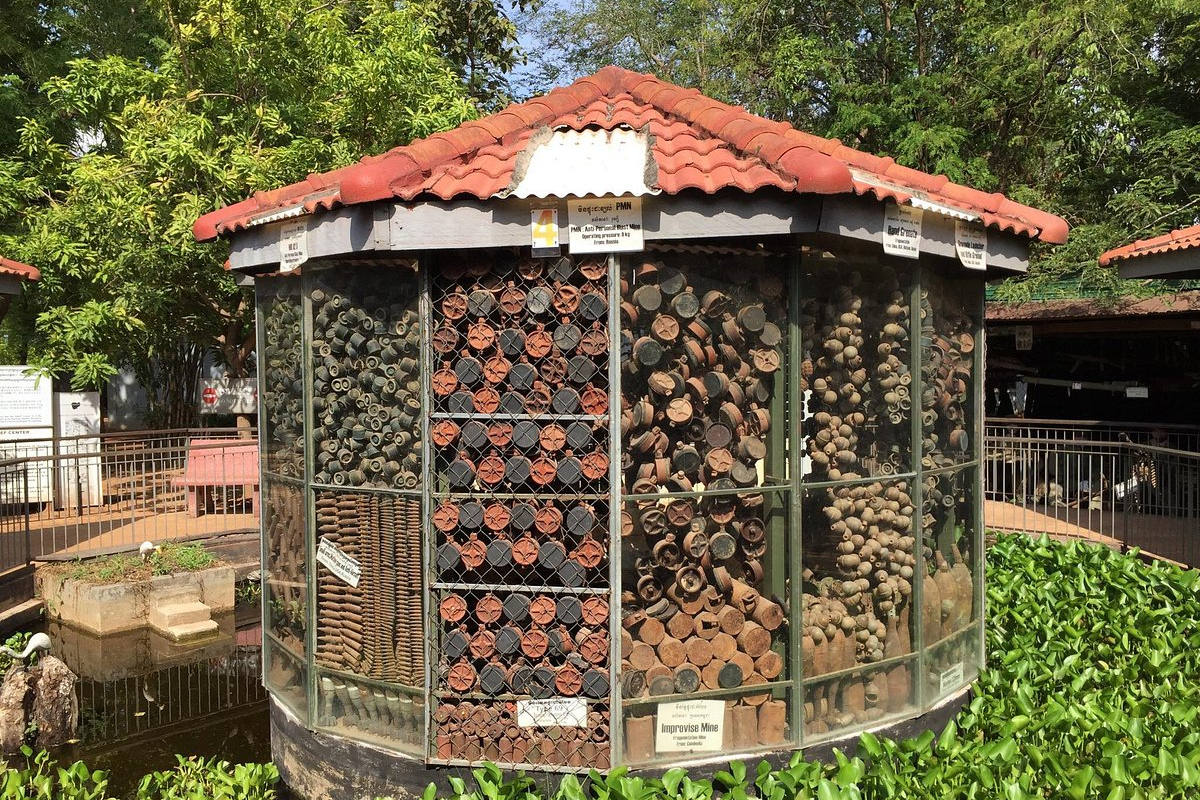
The long years of war in the late 20th century have left Cambodia scarred by landmines, with an estimated five million still buried in the countryside, left by Khmer Rouge forces, Vietnamese forces, and the Cambodian government.
On average, 15 people are injured by landmines each month in Cambodia.
The Landmine Museum, located 25 kilometers north of Siem Reap, provides an informative look at the ongoing issue of landmines in Cambodia and the efforts to de-mine the country. It was established by Aki Ra, a local man who has significantly contributed to demining efforts.
11. Learn about Traditional Crafts at Les Chantiers Ecoles
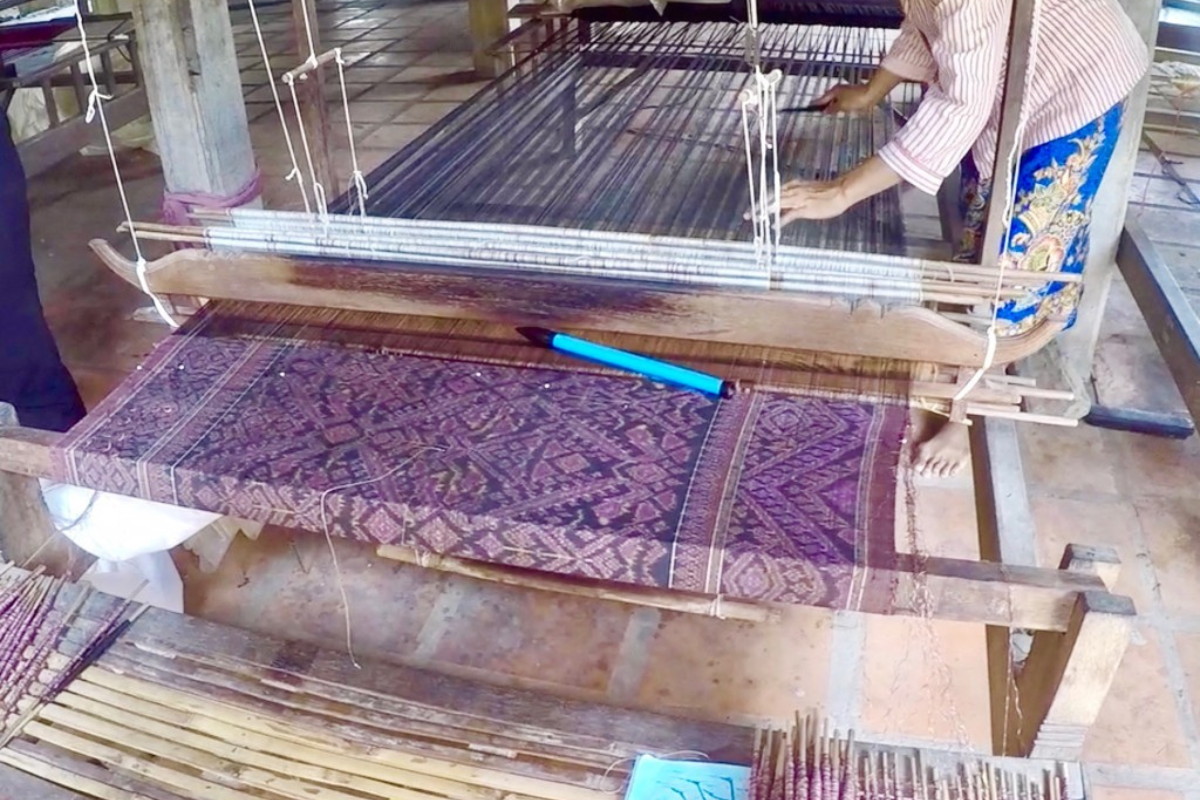
This school teaches traditional Khmer crafts such as stone-carving, wood lacquer-work, and silk painting to disadvantaged local youths. It aims to revive many traditional crafts lost during the Khmer Rouge era.
Free tours are available at their silk farm, located 16 kilometers outside Siem Reap, where you can learn about the silk-making process.
The school is home to Artisans d’Angkor, a beautiful shop where you can purchase stunning souvenirs like statues and local silks. You can also tour the workshops to learn about the revival of Cambodia’s crafts.
